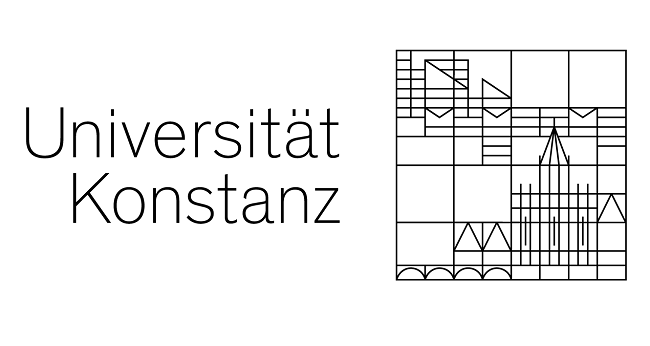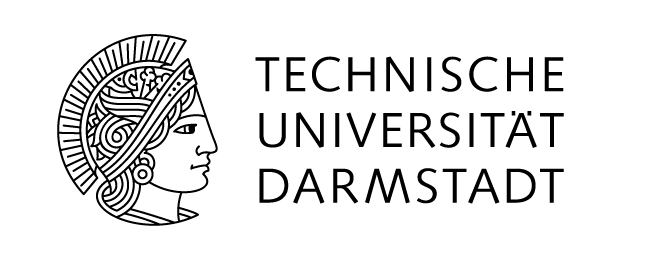conducted by: Evelyn Roth, Katharina Schuh
Literary-Network-Analysis (LiNA, Trilcke 2013) is a promising quantitative method to analyze texts by visualizing relations. In a first test using methods commonly used for Social-Network-Analysis on literary texts offered interesting results revealing the relevance of relational data.
Literature
Six months of research, starting in October 2014, revealed very quickly that relations in literary texts are a key concept. Centered around the course’s main question, how to visualize the realist-epoch-threshold with LiNA, the coursework focused on visualizing character-networks of Theodor Fontane’s Grete Minde (1879). The first finding was that analyzing and visualizing a text chapter by chapter is misleading. The text had to be divided into individual scenes. A scene was defined as a static character-constellation. For each change a new scene was established. The character’s direct or indirect appearance within the scene and their relationships to each other was used as the relational data the network is built upon. This data was transferred into an adjacency matrix which was imported into VISONE. Visualizing these scenes is based on individual adjacency matrices with relationships between the individual characters expressed in 0 and 1.
Network
The character-network consists of nodes, representing the characters, and edges, representing the relationships between these characters. Since the adjacency matrix only contains information whether there is a relation (1) or not (0) the nodes and edges were further enhanced by hand to gain even more details about these relationships. In a next step, these static character-networks were animated to show the dynamic process of the three basic relations between the figures in one scene. A basic relation is one of the following three: connection through dialog, connection through thoughts, and connection through presence. The animation showed how the individual nets are dynamic structures; we call this “the net is working”, meaning it undergoes constant changes.
Analysis
Analyzing these networks led to two notable points so far: First, recurring forms revealed in some cases the type of the scene (for e.g. monologue/dialogue). Second, by studying the scenes a reconstruction of the basics of the plot is possible, the possibility to see the plot through the characters.
Conclusion
Using these results as a starting point the next step will be to add more complex attributes to the characters. Furthermore the question how to measure the relevance of a character has to be tackled. First tests to measure the importance of a character by counting appearances (physical appearances as well as being spoken of) failed.
To summarize, this first experiment showed that a focus on relational data is promising. The concept of LiNA unites the possibilities of both quantitative and qualitative text analysis.



